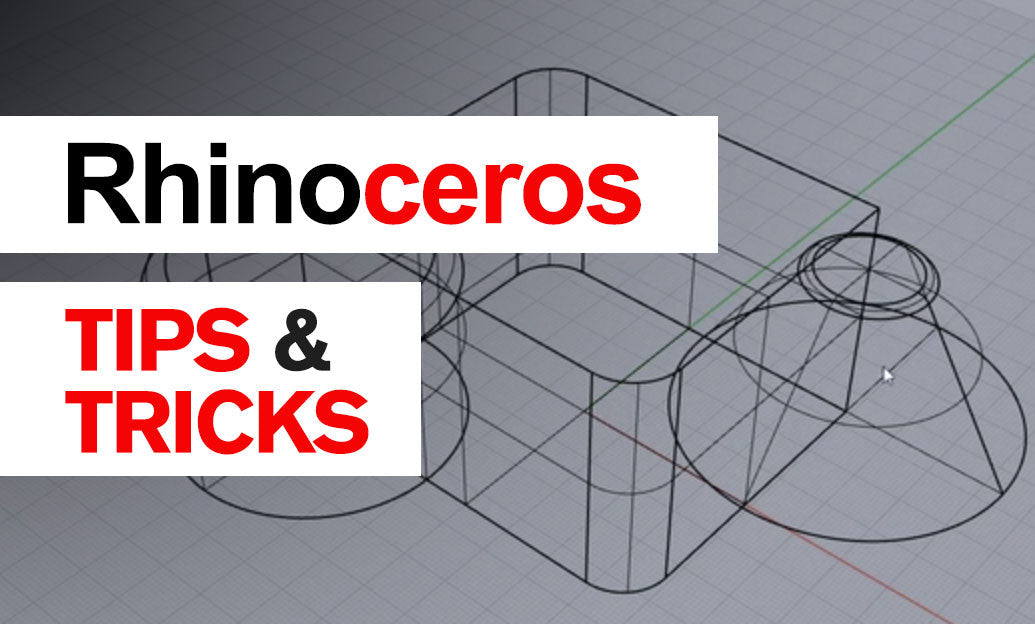Your Cart is Empty
Customer Testimonials
-
"Great customer service. The folks at Novedge were super helpful in navigating a somewhat complicated order including software upgrades and serial numbers in various stages of inactivity. They were friendly and helpful throughout the process.."
Ruben Ruckmark
"Quick & very helpful. We have been using Novedge for years and are very happy with their quick service when we need to make a purchase and excellent support resolving any issues."
Will Woodson
"Scott is the best. He reminds me about subscriptions dates, guides me in the correct direction for updates. He always responds promptly to me. He is literally the reason I continue to work with Novedge and will do so in the future."
Edward Mchugh
"Calvin Lok is “the man”. After my purchase of Sketchup 2021, he called me and provided step-by-step instructions to ease me through difficulties I was having with the setup of my new software."
Mike Borzage
Cinema 4D Tip: Mastering Constraints for Precise Animations in Cinema 4D
November 22, 2024 2 min read

When it comes to creating precise animations in Cinema 4D, understanding and utilizing constraints can be a game-changer. Constraints allow you to define specific relationships between objects, ensuring they interact in controlled and predictable ways. Here are some essential tips for using constraints effectively:
- Understand the Basics: Constraints in Cinema 4D are used to restrict the behavior of an object based on the behavior of another. This can include position, rotation, scale, and more. Familiarizing yourself with the types of constraints available is the first step towards mastering them.
- Choose the Right Constraint: Cinema 4D offers a variety of constraint tags, including Parent, Clamp, Aim, and Target, among others. Each serves a specific purpose. For example, the Parent constraint is ideal for hierarchical relationships, while the Aim constraint is perfect for facing one object towards another.
- Layer Constraints: To achieve complex animations, you can stack multiple constraints on a single object. This layering allows you to create intricate relationships and interactions between objects. However, be mindful of the order of constraints, as it can impact the final behavior of your animation.
- Use Weighting: One of the powerful features of Cinema 4D's constraints is the ability to weight them. You can define how strongly a constraint influences an object, allowing for smooth transitions between different behaviors. This weighting can be animated over time for dynamic effects.
- Combine with Xpresso: For advanced users, combining constraints with Xpresso, Cinema 4D's node-based expression system, can unlock even more possibilities. Xpresso allows you to create custom relationships and control over constraints, giving you unparalleled flexibility in animation.
- Optimize Performance: When working with constraints, especially in complex scenes, it's crucial to optimize performance. Keep an eye on the number of constraints and their interactions, and consider using simplified proxy objects during the animation process to ensure smooth playback.
- Experiment and Iterate: As with any animation technique, experimentation is key. Try different combinations of constraints and settings to see what works best for your specific project. Don't be afraid to iterate and refine your setups for optimal results.
By incorporating these tips into your workflow, you'll be able to harness the full potential of constraints in Cinema 4D, leading to more refined and controlled animations. For more expert tips and resources, be sure to check out NOVEDGE.
You can find all the Cinema 4D products on the NOVEDGE web site at this page.
Also in Design News

Rhino 3D Tip: Understanding Surface and Solid Modeling in Rhino for Enhanced Workflow Efficiency
August 30, 2025 3 min read
Read More
Unlocking Advanced Animation Techniques: Five Studio-Proven Tricks to Elevate Your 3ds Max Workflow
August 30, 2025 6 min read
Read MoreSubscribe
Sign up to get the latest on sales, new releases and more …



